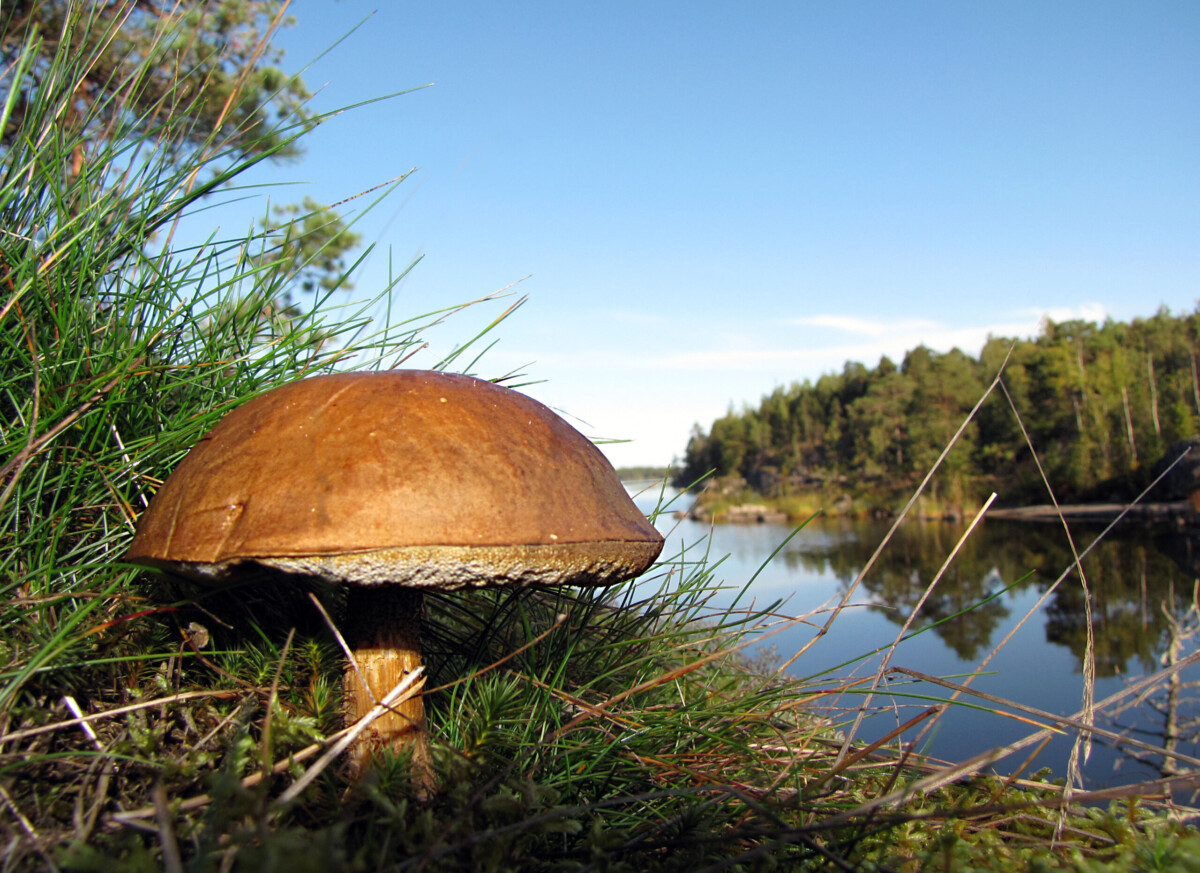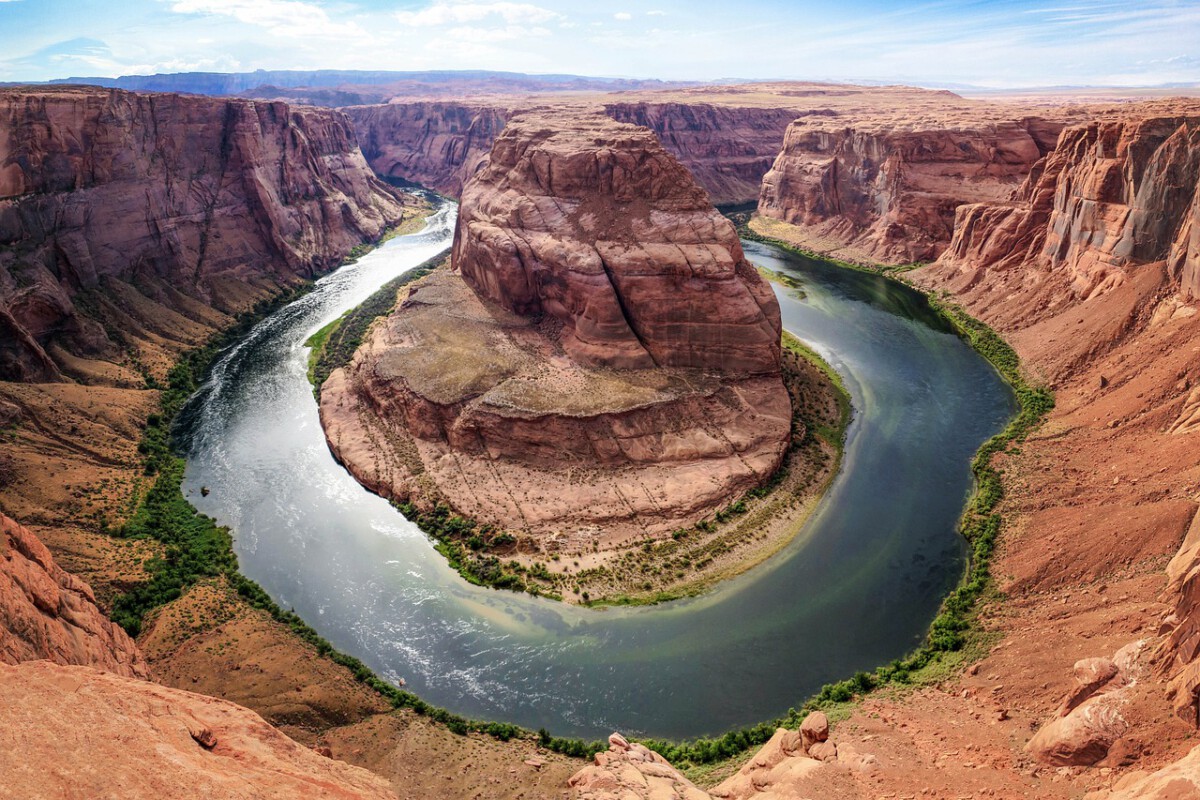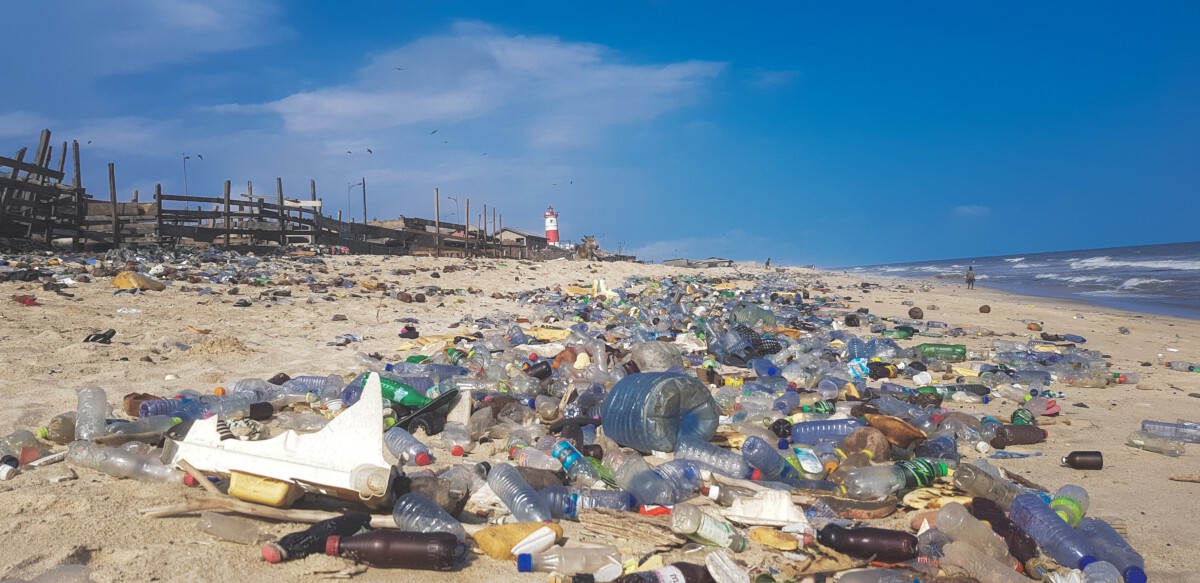Picture this: you’re breathing in air so crisp it almost tingles, surrounded by jade-green forests, shimmering lakes, and city streets so spotless you could picnic on the pavement. Traveling to the world’s cleanest countries feels like stepping into a living postcard, where nature and people work together in quiet harmony. But not everywhere offers this luxury—some places wrestle with pollution daily, fighting for each breath. Let’s dive into six countries where the air is pure and the water sparkles, and then visit three that are still battling to clear the haze.
Switzerland Mountain Air Feels Like Magic

In Switzerland, even the train stations seem to glisten. You can stroll through Zurich’s old town with the scent of fresh bread wafting from bakeries and not a single stray wrapper in sight. Lakes like Lucerne and Geneva are so clear you can see the pebbles on the bottom, and the Alpine meadows burst with wildflowers and the sound of cowbells. Locals take immense pride in recycling and public transport—honestly, Swiss trains are punctual to the second and cleaner than most living rooms. Exploring the trails around Interlaken, you’ll notice that even remote mountain paths are free of litter. For a fresh perspective, visit in late spring or early fall, when the snow melts into turquoise streams and the villages bloom with color. The feeling of breathing in that cool mountain air is something you’ll carry with you long after you leave.
Finland Forests Whisper Clean Secrets

Imagine paddling across a glassy lake in Finland as a loon calls out and mist floats above the water. With more than 188,000 lakes and endless forests, Finland gives you room to reconnect with nature—and yourself. The air tastes of pine and moss, with not a hint of city smog. Finns are fiercely protective of their environment, practicing “Everyman’s Right,” which lets everyone enjoy nature as long as they respect it. Even the cities, like Helsinki, feel like they’ve been gently dropped into the landscape, blending urban life with green parks and seaside paths. In summer, the sun barely sets, inviting you to hike, sauna, or forage for blueberries until midnight. If you crave solitude and unspoiled wilderness, Finland is the ultimate escape—just remember to leave no trace behind.
Iceland Where Earth Feels Clean and Alive

Set foot in Iceland and you’ll feel like you’re walking on another planet—geysers erupt, waterfalls roar, and the air is so clean it almost buzzes with energy. Most of the country’s electricity comes from geothermal and hydroelectric power, keeping the carbon footprint tiny and the skies clear. Reykjavik’s colorful streets stay spotless thanks to a culture that values community and the environment. Take a dip in the Blue Lagoon, where the steamy, mineral-rich water soothes your skin and the only smell is a faint, earthy hint of sulfur. Outside the city, black sand beaches and mossy lava fields stretch for miles, untouched and wild. Winter brings the northern lights, flickering green and purple above snow-dusted mountains. In Iceland, the land feels alive but never overwhelmed by people—here, nature always comes first.
New Zealand Nature’s Playground Stays Pristine

New Zealand is more than just a backdrop for epic movies—it’s a country where nature is fiercely protected, from the tip of the North Island to the wild fjords in the south. The air smells of rain and sea, and birdsong fills the forests. Locals are passionate about keeping their home clean, banning single-use plastics and encouraging visitors to “leave no trace.” National parks like Fiordland or Abel Tasman are living mosaics of turquoise water, ancient trees, and misty peaks. Hiking the Tongariro Alpine Crossing or paddling in Milford Sound, you’ll notice how even the most popular spots stay uncrowded and clean. Spring and autumn offer the best weather and fewer crowds, making it easier to connect with New Zealand’s raw beauty. Traveling here feels like being let in on a precious secret—the kind you want to protect forever.
Norway Fjords and Pure Air

In Norway, the air is so fresh it almost feels luxurious. The country is famous for its dramatic fjords, where cliffs plunge into sparkling blue water and waterfalls tumble like ribbons. Even in Oslo, the capital, you’ll see electric ferries gliding across the harbor and locals cycling to work. Norway invests heavily in renewable energy and has some of the world’s strictest environmental laws. Cruising through Geirangerfjord or hiking above Trolltunga, you’ll be struck by the clarity of both the water and the sky. The scent of sea salt and pine follows you everywhere, making even the biggest adventure feel peaceful. Summer is prime time for exploring—the days are long, the sun barely sets, and the landscapes glow in the evening light. Norwegians know how lucky they are and work hard to keep it that way.
Canada Wilderness Unfiltered

Canada’s wilderness seems to stretch on forever—towering forests, icy blue lakes, and mountains that look like they belong in a dream. National parks like Banff, Jasper, and Fundy are fiercely protected, and you’ll notice how clean and well-maintained even the most popular trails are. The air is sharp and piney, especially in autumn when the trees explode with color. Canadians are proud of their natural heritage, with strong recycling programs and a culture that values the outdoors. Explore Quebec’s maple forests in fall, or ski Whistler’s powdery slopes in winter—whenever you visit, the air and water always feel pure. Wildlife sightings are common, so don’t be surprised if you share a hiking path with a moose or spot a bald eagle overhead. Whether you’re canoeing in Ontario or hiking the Rockies, Canada’s clean, wild spaces are unforgettable.
India Urban Haze and Rural Beauty

India’s cities can be overwhelming, not just for their noise and color but also for their air quality. Places like Delhi regularly make headlines for hazardous pollution levels, especially in winter when smog blankets the skyline. The sheer number of people, vehicles, and industries make it a monumental challenge to keep the air and water clean. Still, India is a country of contrasts—head out to the countryside, and you’ll find tranquil villages, lush rice paddies, and clear rivers. Many travelers choose to explore rural Rajasthan, Kerala’s backwaters, or the Himalayan foothills to escape the urban haze. When visiting, it’s smart to check air quality forecasts and pack a mask for city stays. India’s struggle with pollution is ongoing, but its beauty shines brightest away from the busiest urban centers.
China Skyscrapers and Smog

China’s skyline is a marvel—shimmering skyscrapers, neon lights, and bustling streets. But this rapid growth has come with a price: some of the world’s most polluted air. Cities like Beijing and Shanghai have made international headlines for their thick smog, especially in winter when coal use spikes. The government is investing in green tech and stricter regulations, but progress is slow against such a massive scale. On hazy days, the sun glows orange through the fog, and locals often wear masks to protect their lungs. If you plan to visit, check daily pollution levels and consider exploring the countryside, where the air is far cleaner. Despite the challenges, China offers glimpses of natural beauty—the Yellow Mountains, Zhangjiajie’s stone pillars, and rural Yunnan still feel untouched.
Brazil Lungs of the Earth Under Pressure

Brazil is home to the Amazon, the world’s largest rainforest and a critical source of clean air for the planet. But deforestation, mining, and rapid urban growth threaten this vital ecosystem, sending both air and water quality into decline. In big cities like São Paulo, vehicle emissions and industrial pollution can create a constant haze. Yet, travel deeper into the Amazon or explore the Pantanal wetlands, and you’ll find astonishing biodiversity and spaces where nature still rules. Visitors can help by supporting eco-friendly tours and staying in lodges that prioritize conservation. The struggle to balance development with preservation is ongoing, but Brazil’s wild heart still beats strong in its most remote corners.





